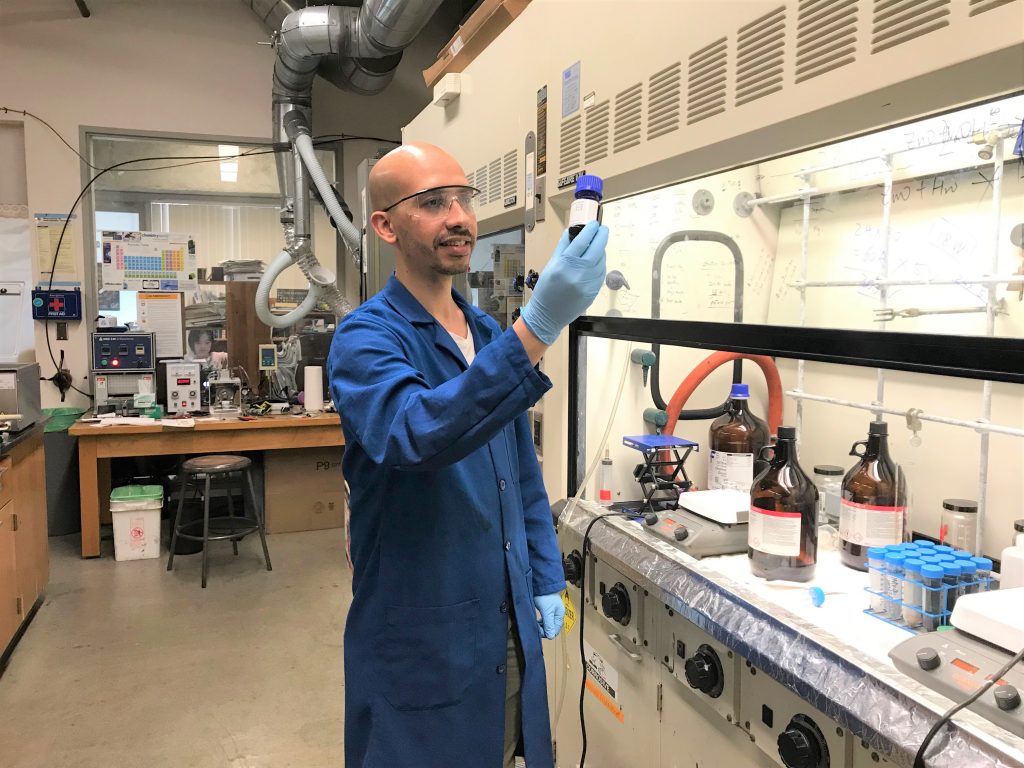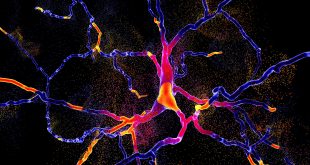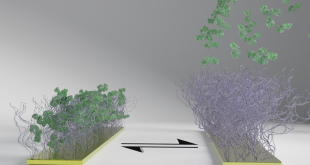
Maher El-Kady in the UCLA laboratory. He holds conductive ink that can be used for printing flexible electronics. The researchers used 3D printing to design the device. Credit: Mit Muni/UCLA
You may have heard of triboelectric nanogenerators (TENGs) that generate electricity from raindrops, footsteps and other physical movement; now, UCLA researchers and their colleagues (including Dr. Ravi Selvaganapathy, professor and Canada Research Chair in Biomicrofluidics at McMaster University) have designed a device that creates electricity from falling snow. Because snow is positively charged, and silicone is negatively charged, when the two substances interact, an electrical charge is created. Using 3D printing, the research team incorporated a layer of silicone with an electrode to capture the charge, creating a flexible, stretchable and metal-free device. The first-of-its-kind nanogenerator also acts as a weather station, and can tell when a person is walking, running, jumping or marching. The new device could be integrated into solar panels to provide a continuous power supply when it snows, and can also be used for monitoring winter sports, such as skiing, to more precisely assess and improve an athlete’s performance. The team’s findings are published in the June edition of Nano Energy.
 BioLab Business Magazine Together, we reach farther into the Canadian Science community
BioLab Business Magazine Together, we reach farther into the Canadian Science community





